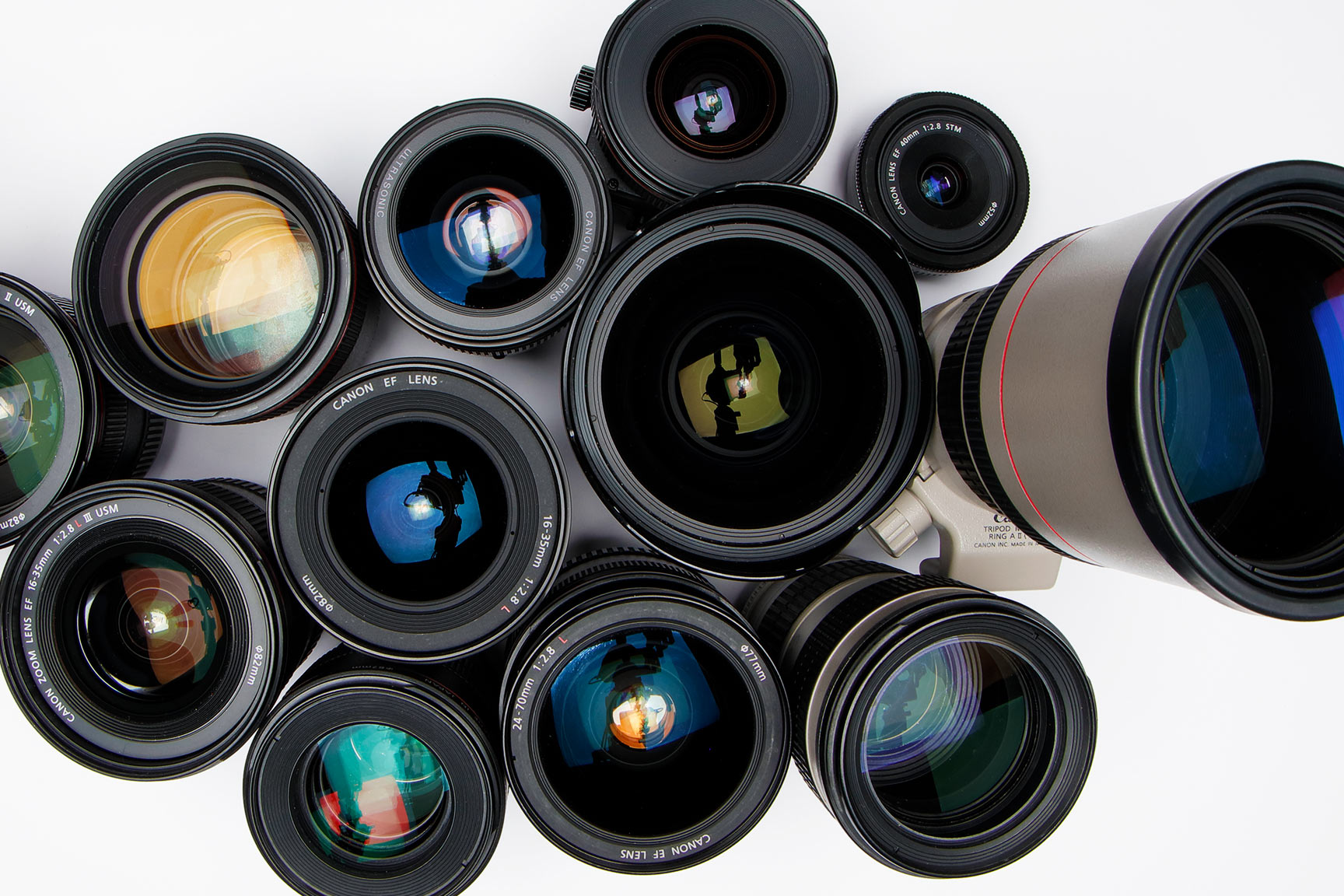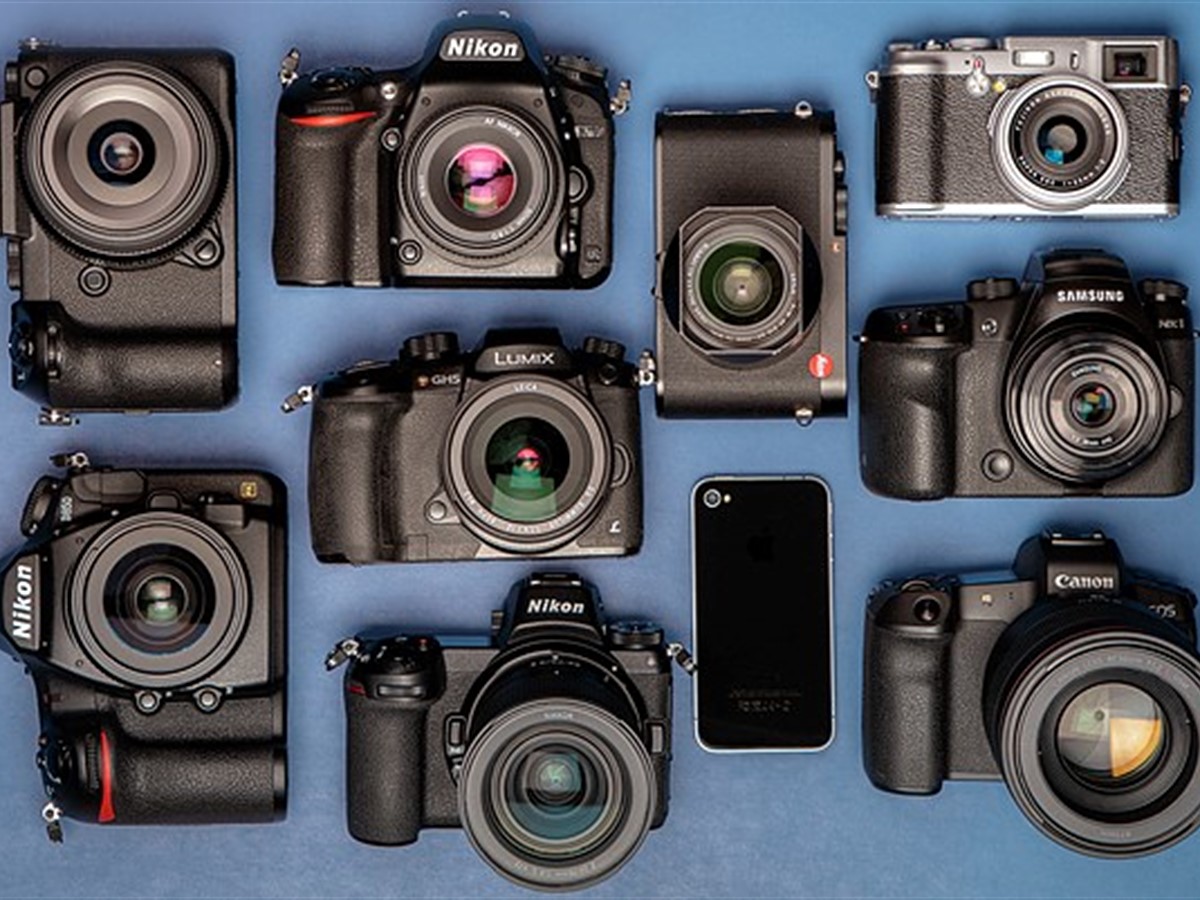When it comes to buying a camera, there are many factors to consider. It can be hard to know where to start, but this guide will help you choose the right beginner camera.
Camera types
The first thing you need to decide is what type of camera you want. There are three main types: digital SLRs (DSLRs), mirrorless cameras, and compact cameras.
DSLRs are the most popular type of camera, offering excellent image quality and a wide range of features. They are suitable for both beginners and experienced photographers. DSLRs are often thought of as bulky, but there are DSLRs available in both mirrorless and compact camera sizes.
Mirrorless cameras are growing in popularity, as they offer many of the features of DSLRs but are smaller and lighter. Usually these are not cheap cameras, but there are still DSLR cameras under $500. They are ideal for travel photography and street photography. It is something more portable than a DSLR or other interchangeable lens camera.
Compact cameras for beginners are small and easy to carry around, making them perfect for everyday use. However, they do not offer the same image quality as DSLRs or mirrorless cameras. They do not have interchangeable lenses but offer excellent photo quality in a small package - typically with smart features such as wifi built-in.
Sensor size

Another important consideration is sensor size. Sensors come in different sizes, from tiny sensors found in compact cameras to large sensors found in DSLRs and mirrorless cameras.
Smaller sensors can be more challenging to work with, as they can produce images that are noisier and less detailed than larger sensors. They also have smaller pixels, so it is more difficult to capture large prints or crop images without losing detail.
In this guide we have included compact cameras with both a small and larger sensor size, to offer an overview of the advantages and disadvantages. Some compact camera models have a relatively small sensor that produces high-quality images, while others do not produce the best results in low light.
Lens mount type
DSLRs use a larger lens mount to accommodate their lenses. There are several different types of DSLR lens mounts available: Sony uses E-mount for its A6300 mirrorless camera, while Canon has two main lens mounts: EF-S for regular lenses and EF-M for small APS-C format mirrorless lenses.
Mirrorless cameras use a variety of lens mounts, but the three most popular mounts are Canon's EF-M, Sony's E-mount, and Micro Four Thirds (MFT). MFT is used by Panasonic and Olympus and has the widest range of lenses available. Compact cameras typically use a fixed lens mount type.
Battery life
One downside to DSLRs is that they tend to have shorter battery lives than mirrorless cameras. This is because mirrorless cameras do not have to power a physical mirror, which uses up battery life. This is not as much of an issue for travel photography, as you can always carry a spare battery with you. However, it is something to consider if you plan on using your camera for extended periods of time.
Memory cards
DSLRs and mirrorless cameras usually use SD memory cards, while compact cameras typically use smaller Memory Stick Pro Duo or MicroSD cards.
Both types of cards are readily available, but it is worth considering which type you want to use before buying a camera. The main advantage of SD cards over MicroSD is that they can be used in other devices such as cameras, laptops, and tablets.
Printer compatibility
If you plan on printing your images yourself, make sure the camera will work with your printer. Some brands only work with their own printers, so check compatibility before buying if this is important to you. If not, then both types should work fine with most home printers.
What about action cameras?

Action cameras, such as GoPro and Sony's Action Cams, are also an option if you want a high-quality camera for your travels.
However, they tend to be expensive and often lack certain features such as fast autofocus or image stabilization. They can shoot great video footage, but most don't offer the same level of image quality as DSLRs or mirrorless cameras. Action cameras for beginners mirrorless are also designed for capturing video footage, not still images, so don't expect the same level of detail.
Action cameras would be a good alternative for photographers who want a small travel camera for beginners that is not only good for still images but also for filming video footage.
Can you take professional photos by phone camera?
Some newer smartphones, such as the iPhone 7 and Google Pixel, have a dual-lens camera system that offers DSLR-like quality for photos.
However, most phones still don't offer the same level of detail and image quality as a dedicated camera. If you're looking for a high-quality camera to take professional photos by phone, you may be disappointed. Phones are great for capturing everyday moments, but they are not yet able to compete with dedicated cameras in terms of image quality.
This type of camera will suit you if you are happy to sacrifice high-quality images for a smaller camera. Compact cameras for beginners often have zoom lenses of up to 10x, which is more than enough for the majority of travel photography situations. Many compact cameras for beginners mirrorless also offer manual control settings, so you can make some adjustments yourself instead of relying on automation all the time.
Consider bridge cameras
Bridge cameras are a good alternative if you want DSLR-like quality without the size and weight. They usually offer a larger sensor than most compacts, as well as other key features such as manual modes and optical zoom lenses.
However, bridge cameras can be expensive and bulky, as they are designed as all-in-one units that function as both a camera and a digital video recorder (DVR). If you do not need DVR functionality, it may be better to buy two separate devices: one for taking photos and another for recording video footage.
For travel photography there is no single best option – it will depend on your personal preferences and what best suits your type of trip.
Bridge cameras would be a nice option for travelers who want to take DSLR-like photos, but don't want the added bulk of a standard DSLR. Mirrorless cameras are another good alternative if you do not want to carry around heavy equipment, while compact cameras are ideal for casual photographers who just want to capture everyday moments.
If you're keen on taking selfies and group shots, then look for a camera that includes Wi-Fi connectivity or has an LCD screen that rotates 180 degrees vertically. This will allow you to take overhead shots without having to balance your arm awkwardly in the air.
Full frame cameras may be your choice

Full frame cameras (also known as 35mm cameras) are larger and more expensive than other types of DSLRs. They offer outstanding image quality and a wide range of lenses, but this comes at a high price tag.
Many full-frame compacts also lack features such as autofocus or optical zoom, so you will need to buy your own lens if one is not included in the kit.
If you want extremely high-quality images with an emphasis on detail, then full-frame cameras may be the best option for you. They produce exceptionally clear photos compared to other DSLR types and can capture stunning shots even in low light conditions.
It can happen to be a lovely solution for you if you don’t mind the size and weight of a full-frame camera, or if you are already familiar with photography and have a collection of lenses to choose from.
Which one is the best for beginners?
If you are a beginner photographer, it is best to start with a compact camera. Compact cameras for beginners mirrorless are easy to use and have automatic settings that take the guesswork out of photography. They also typically come with zoom lenses, which are great for covering a range of subjects.
If you decide to upgrade to a DSLR in the future, you will still be able to use your compact camera lenses thanks to the interchangeable lens mount system. This is not possible with bridge or mirrorless cameras, as they typically require specific lenses that are designed for that particular beginner camera type.
DSLR cameras can be more difficult to operate, as they require manual control over shutter speed, aperture, and ISO settings. If you are not comfortable adjusting these settings yourself, it may be better to stick with a compact or bridge camera.
In the end, it is important to choose a beginner camera that fits your needs and your budget. There is no one perfect option for all travelers – it really depends on what you want to use it for. So do your research, try out some beginner cameras at stores, and ask around for advice before making a purchase.
What camera is better for professionals?
As mentioned earlier, professionals should look for a full-frame camera. The large image sensors are the best option for sports or wildlife photography, as they can capture subjects in low light conditions without using flash or boosting ISO settings.
Full frame cameras are ideal for landscapes, portraiture, weddings, and other everyday situations too. If you go with a compact full-frame camera, however, you may find that lenses need to be bought separately in order to take different types of shots.
How can you test a camera in the shop?

If you don’t know what kind of camera for beginners will suit your needs, then look for a shop that allows you to test different models out. Many stores let customers try out new cameras in the store before purchasing them, which is a great way to get a feel for how they work and how comfortable they are to use.
You might also want to consider renting or borrowing a camera before making a purchase. This can give you an opportunity to make sure it does everything you need without tying yourself down with additional costs if it isn't right for you.
To help narrow your search, read product reviews from other customers and ask questions at photography forums. These two sources should be able to provide valuable insight into each model’s specifications, performance, and overall user experience.
Final verdict
For beginners, compact cameras are the best option. They are easy to use and have automatic settings that take the guesswork out of photography. Compared to other DSLR types, Bridge cameras are not recommended for professionals because they lack features when it comes to autofocus or optical zoom.
Full frame compacts also lack these same basic features in comparison with full-frame DSLRs.